Paprika and cayenne are both red chili pepper powders, but they have significant differences in heat level, flavor profile, and culinary uses. Paprika is typically mild with sweet or smoky notes, while cayenne is very hot with a sharp, pungent flavor. This article explains the key differences between paprika and cayenne to help you choose the right spice for your recipes.
Origins & Background
To truly appreciate the difference between paprika and cayenne, it helps to understand where they come from—and what makes them unique.
Paprika: The Colorful Classic
Paprika comes from dried and ground peppers in the Capsicum annuum family. Originally cultivated in Central and South America, it made its way to Europe through Spanish and Portuguese explorers. Today, Hungary and Spain are the most famous producers of high-quality paprika, with varieties ranging from sweet to smoked to hot. According to the USDA Food Database, paprika is primarily valued for its vibrant color and subtle flavor rather than heat.
Cayenne Pepper: The Firestarter
Cayenne is made from long, slender chili peppers also belonging to the Capsicum annuum species. Known for their heat, cayenne peppers are commonly grown in tropical climates like Mexico, India, and parts of the southern United States. Once dried and ground, they become the potent spice we recognize today. Culinary experts at the International Association of Culinary Professionals confirm cayenne's primary role is to deliver intense heat without significant flavor complexity.
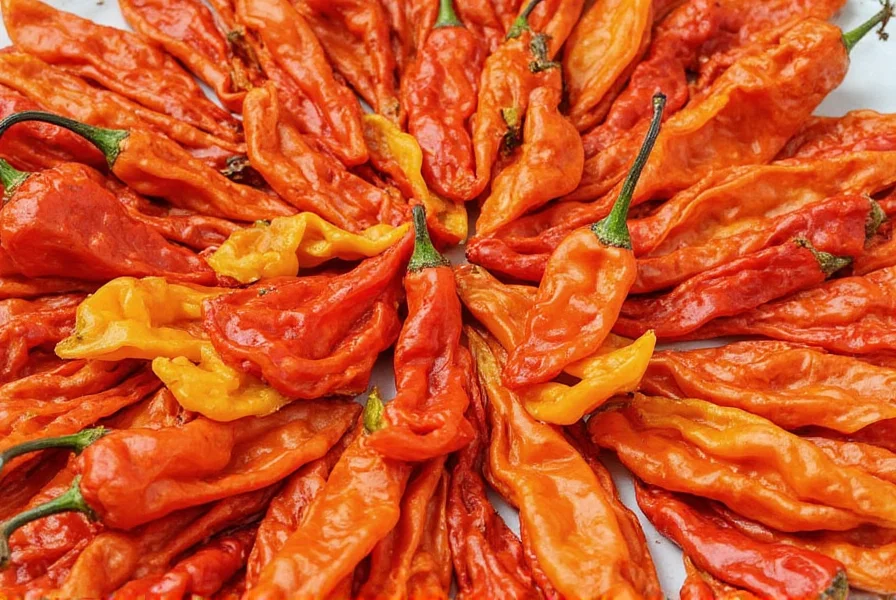
Flavor Profiles Compared
While both come from chili peppers, their flavor profiles couldn't be more different. Here's a breakdown of how paprika and cayenne compare in terms of taste:
Paprika: Sweet, Earthy, Smoky
- Sweet Paprika: Mild, slightly sweet, and fruity.
- Smoked Paprika (Pimentón): Deep, smoky flavor from peppers dried over oak fires—often used in Spanish cuisine.
- Hot Paprika: Adds mild heat while retaining some sweetness.
Cayenne: Fiery and Sharp
- Strong, spicy kick with little to no sweetness.
- Used primarily for adding heat rather than depth of flavor.
- Frequently mixed with other spices in hot sauces, marinades, or rubs.
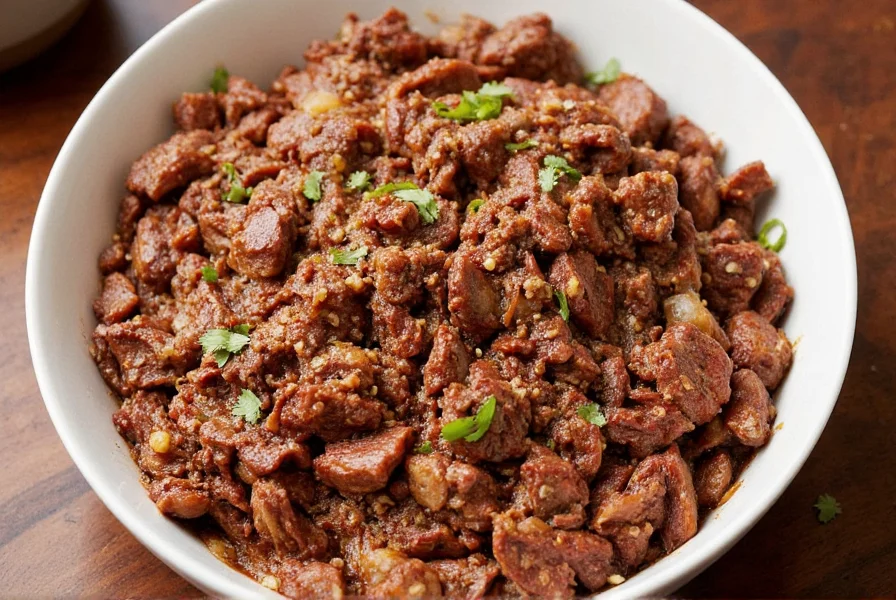
Heat Levels: Paprika vs Cayenne
One of the most important distinctions between paprika and cayenne lies in their spiciness. Let's take a closer look using the Scoville Scale—a measurement of the capsaicin content (the compound responsible for heat) in chili peppers.
| Spice | Scoville Units | Typical Use Case |
|---|---|---|
| Sweet Paprika | 100–500 SHU | Coloring and mild flavor enhancement |
| Hot Paprika | 1,000–2,500 SHU | Mild spiciness in stews and meat dishes |
| Cayenne Pepper | 30,000–50,000 SHU | Main source of heat in recipes |
What This Means in Cooking
If you're making something like Hungarian goulash or deviled eggs, sweet paprika will give you that rich color and subtle flavor without much heat. On the other hand, if you want a dish to have a serious kick—like buffalo wings or spicy tomato sauce—cayenne is the go-to choice. According to culinary experts, using cayenne instead of paprika in traditional recipes can completely alter the dish's character due to the extreme heat difference.
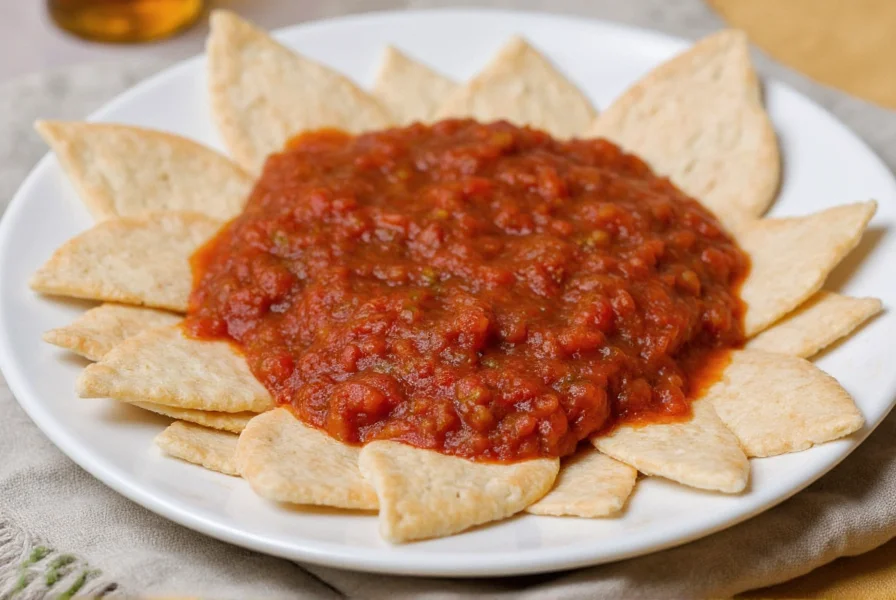
Culinary Uses
The best way to understand when to use paprika or cayenne is by looking at how they're typically used across global cuisines.
Paprika in Everyday Cooking
- Goulash – A staple in Hungarian cuisine, relying on paprika for its signature flavor and color.
- Paella – Adds warmth and hue without overpowering other ingredients.
- Deviled Eggs – A sprinkle adds visual appeal and a touch of flavor.
- Smoked Paprika in BBQ Rubs – Brings a deep, earthy note to grilled meats and vegetables.
Cayenne in Hot Dishes
- Cajun Seasoning – Cayenne is a key ingredient in blends like Creole seasoning.
- Hot Sauces – Often combined with vinegar, garlic, and other chilies.
- Spicy Soups and Stews – Adds heat without changing the base flavor too much.
- Vegetable Stir-Fries – A pinch boosts flavor in Asian-inspired dishes.
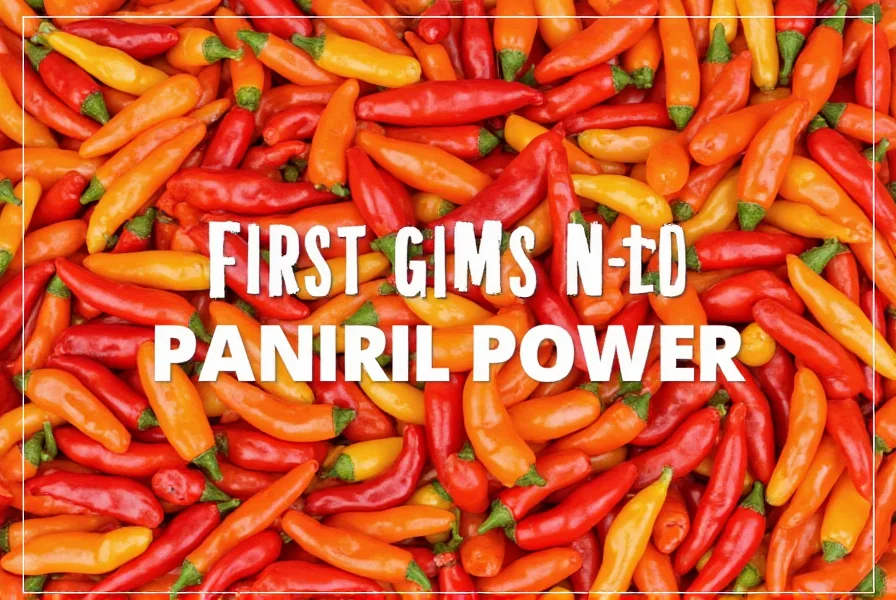
Visual Comparison Table
Here's a quick visual comparison to help you remember the main differences between paprika and cayenne:
| Feature | Paprika | Cayenne |
|---|---|---|
| Origin | Capsicum annuum peppers | Capsicum annuum peppers |
| Flavor Profile | Sweet, smoky, earthy | Sharp, fiery, pungent |
| Heat Level | Mild to moderate | Very hot |
| Common Uses | Goulash, paella, rice dishes, garnishing | Hot sauces, marinades, soups, dry rubs |
| Appearance | Bright red powder | Deep red powder |
| Best For | Adding color and mild flavor | Adding intense heat |
Buying Guide: Choosing the Right Spice
Not all paprikas or cayennes are created equal. Here's how to pick the right one for your needs:
Choosing the Best Paprika
- Hungarian Paprika: Considered the gold standard. Look for labels like "Hungarian Noble Sweet" or "Rose Paprika" for authentic flavor.
- Smoked Paprika: Ideal for grilled meats, roasted vegetables, or Spanish-style dishes. Opt for brands like La Chinata or Pimentón de la Vera.
- Avoid Blends: Some commercial paprikas include fillers or additives. Always check the label for pure paprika powder.
Choosing Quality Cayenne
- Pure Cayenne Powder: Look for 100% ground cayenne pepper without additives.
- Organic Options: Choose certified organic if you prefer pesticide-free spices.
- Brand Recommendations: Brands like Simply Organic, Frontier Co-op, and McCormick offer reliable options.
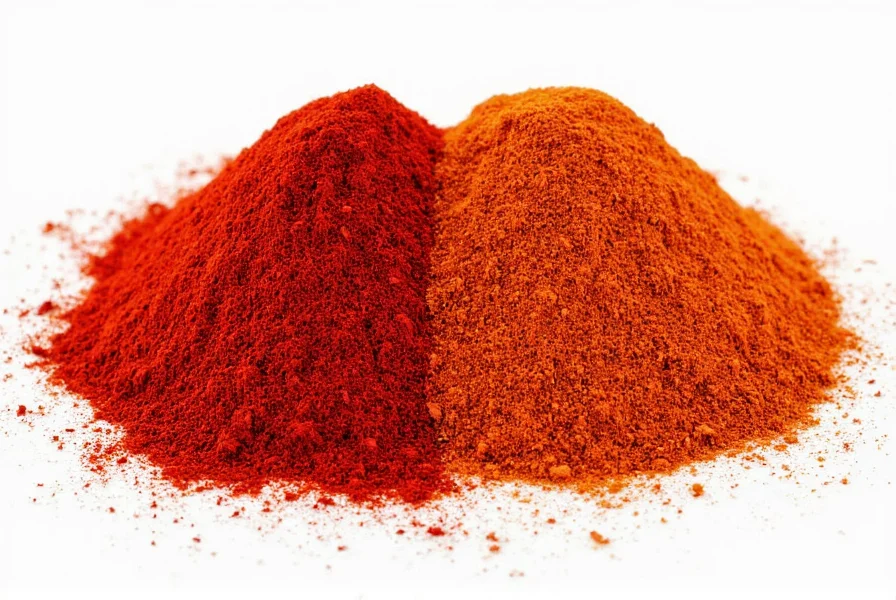
Use Cases and Audience
- Home Cooks: Keep both spices in your pantry—one for flavor, one for fire.
- Grill Masters: Smoked paprika enhances BBQ flavors; cayenne gives burgers a kick.
- Veggie Lovers: Paprika adds depth to roasted vegetables; cayenne jazzes up stir-fries.
- Health Enthusiasts: Cayenne contains capsaicin, known for potential metabolic benefits.
Frequently Asked Questions
Can I substitute paprika for cayenne pepper (or vice versa)?
While both come from chili peppers, they have very different heat levels and flavor profiles. Sweet paprika has almost no heat (100-500 SHU) compared to cayenne's intense heat (30,000-50,000 SHU). Substituting one for the other will significantly change your dish. If you need to substitute, use 1/8 to 1/4 teaspoon cayenne for every 1 teaspoon of hot paprika, but be cautious as the heat difference is substantial. Culinary experts recommend against direct substitution in traditional recipes.
What's the main difference between paprika and cayenne?
The main difference is their heat level and flavor profile. Paprika ranges from sweet and mild to moderately hot with earthy, smoky, or sweet notes, while cayenne is consistently hot with a sharp, pungent flavor. Paprika is primarily used for color and subtle flavor, while cayenne is used specifically for heat. According to the USDA Food Database, cayenne is typically 20-50 times hotter than paprika varieties.
Is cayenne pepper the same as hot paprika?
No, they are not the same. While both can be "hot," cayenne is significantly hotter than even hot paprika. Hot paprika typically ranges from 1,000-2,500 Scoville Heat Units (SHU), while cayenne ranges from 30,000-50,000 SHU - making cayenne up to 20 times hotter than hot paprika. Culinary professionals advise against using hot paprika as a cayenne substitute due to this dramatic heat difference.
Which is better for color in dishes - paprika or cayenne?
Paprika is better for adding vibrant red color to dishes without overwhelming heat. Both spices are red, but paprika (especially sweet Hungarian paprika) is specifically valued for its color-enhancing properties in dishes like goulash, deviled eggs, and paella. Cayenne will add color but will also significantly increase the heat level. For best results in color-focused dishes, use sweet paprika rather than cayenne.
Can paprika go bad?
Like all spices, paprika and cayenne will lose potency over time but don't technically "go bad." For best flavor, use within 1-2 years of opening and store in a cool, dark place. Signs of degradation include faded color, diminished aroma, and loss of flavor intensity. According to the International Association of Culinary Professionals, properly stored paprika can maintain quality for up to 2 years before significant degradation occurs.
What are the health benefits of cayenne compared to paprika?
Both contain capsaicin (though cayenne has much more), which has been linked to potential metabolic benefits, pain relief, and improved circulation. Paprika is particularly high in vitamin C and antioxidants due to being made from fully ripened peppers. Cayenne is often used in smaller quantities for heat, while paprika is used more liberally for flavor and color. Research from the Journal of Food Science confirms paprika's superior antioxidant content compared to cayenne.
Final Thoughts: Know When to Reach for Each
In the battle of paprika vs cayenne, there's no winner—just the right tool for the job. Paprika brings color, complexity, and subtle flavor, while cayenne delivers unmistakable heat. Understanding the difference between paprika and cayenne allows you to cook more confidently and creatively.
So next time you're reaching for that red powder, pause and ask yourself: am I aiming for warmth and depth—or a fiery punch? Now that you know, go spice up your life!
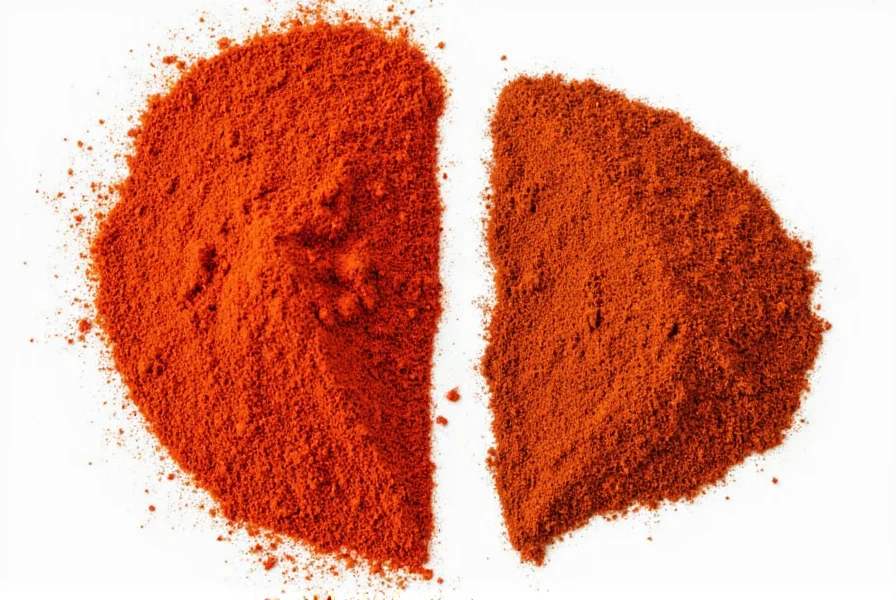










 浙公网安备
33010002000092号
浙公网安备
33010002000092号 浙B2-20120091-4
浙B2-20120091-4